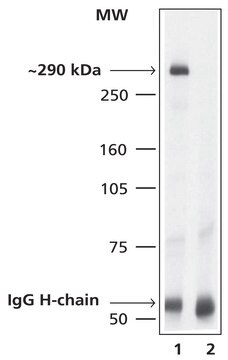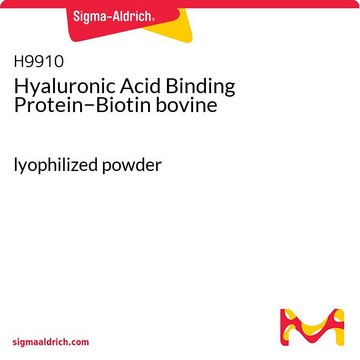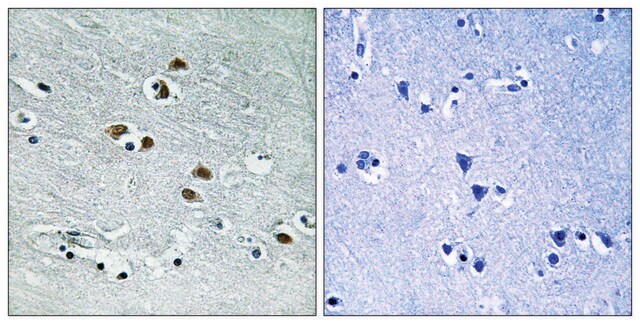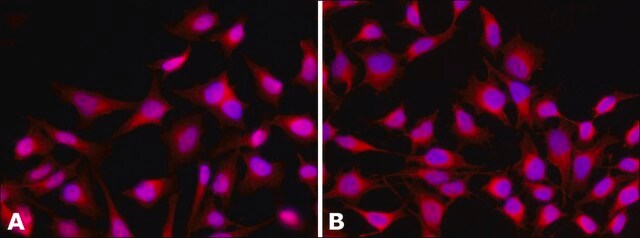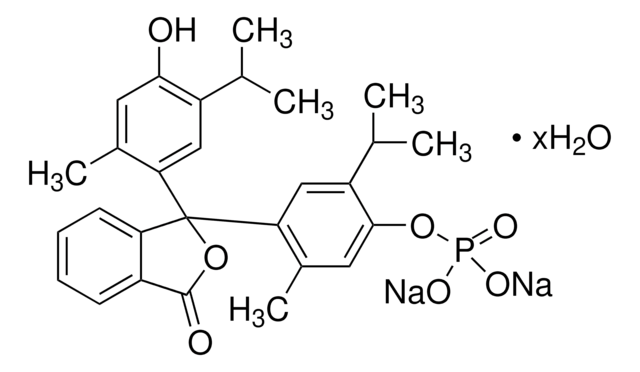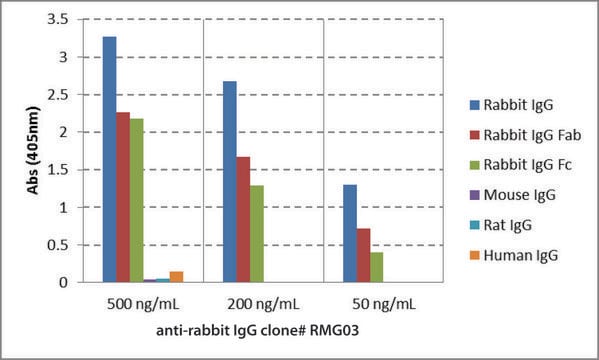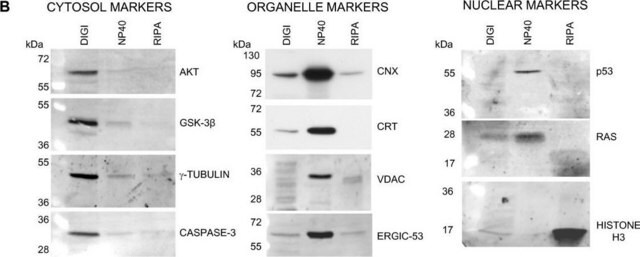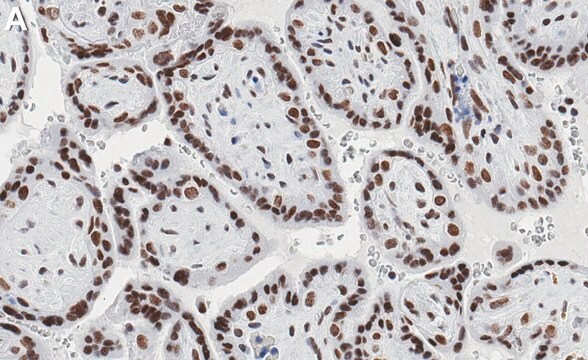Key Documents
H9536
Anti-Histone Deacetylase 4 (HDAC4) (DM-15) antibody produced in rabbit

affinity isolated antibody, buffered aqueous solution
Synonim(y):
Anti-HDAC4
About This Item
Polecane produkty
pochodzenie biologiczne
rabbit
białko sprzężone
unconjugated
forma przeciwciała
affinity isolated antibody
rodzaj przeciwciała
primary antibodies
klon
polyclonal
Postać
buffered aqueous solution
masa cząsteczkowa
antigen ~140 kDa
reaktywność gatunkowa
human, mouse, rat
rozszerzona walidacja
recombinant expression
Learn more about Antibody Enhanced Validation
metody
immunoprecipitation (IP): 10-20 μg using RIPA extract of HeLa nuclei
indirect immunofluorescence: 1:250 using HEK 293T cells expressing recombinant mouse HDAC4
microarray: suitable
western blot: 1:1,000 using whole extracts of mouse NIH3T3 cells
western blot: 1:500 using whole extracts of rat brain
numer dostępu UniProt
Warunki transportu
dry ice
temp. przechowywania
−20°C
docelowa modyfikacja potranslacyjna
unmodified
informacje o genach
human ... HDAC4(9759)
mouse ... Hdac4(208727)
rat ... Hdac4(363287)
Opis ogólny
Specyficzność
Immunogen
Zastosowanie
- Western Blotting
- Immnofluorescence
- Immunoprecipitation
Działania biochem./fizjol.
Postać fizyczna
Przechowywanie i stabilność
Oświadczenie o zrzeczeniu się odpowiedzialności
Nie możesz znaleźć właściwego produktu?
Wypróbuj nasz Narzędzie selektora produktów.
Kod klasy składowania
12 - Non Combustible Liquids
Klasa zagrożenia wodnego (WGK)
WGK 1
Temperatura zapłonu (°F)
Not applicable
Temperatura zapłonu (°C)
Not applicable
Certyfikaty analizy (CoA)
Poszukaj Certyfikaty analizy (CoA), wpisując numer partii/serii produktów. Numery serii i partii można znaleźć na etykiecie produktu po słowach „seria” lub „partia”.
Masz już ten produkt?
Dokumenty związane z niedawno zakupionymi produktami zostały zamieszczone w Bibliotece dokumentów.
Nasz zespół naukowców ma doświadczenie we wszystkich obszarach badań, w tym w naukach przyrodniczych, materiałoznawstwie, syntezie chemicznej, chromatografii, analityce i wielu innych dziedzinach.
Skontaktuj się z zespołem ds. pomocy technicznej